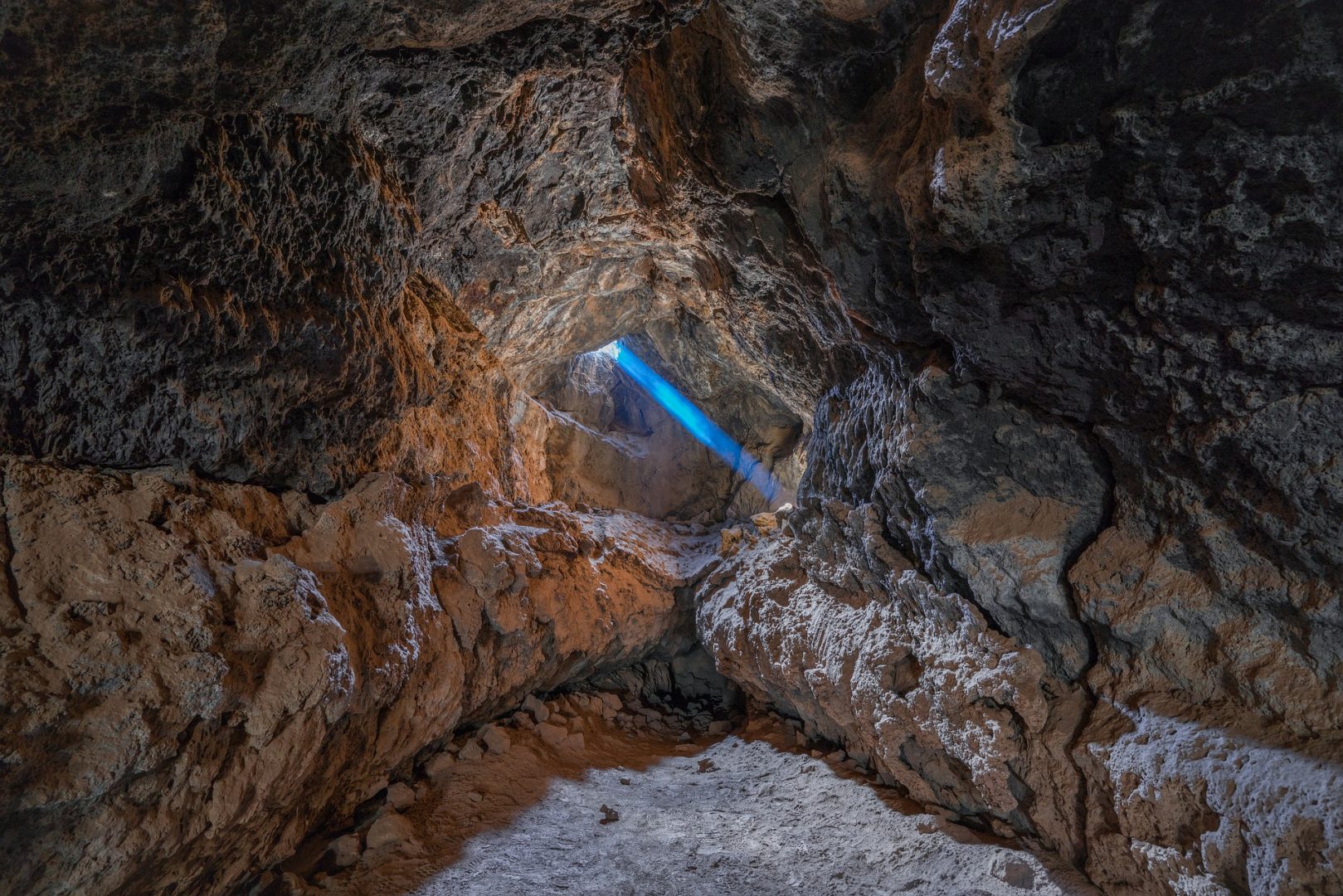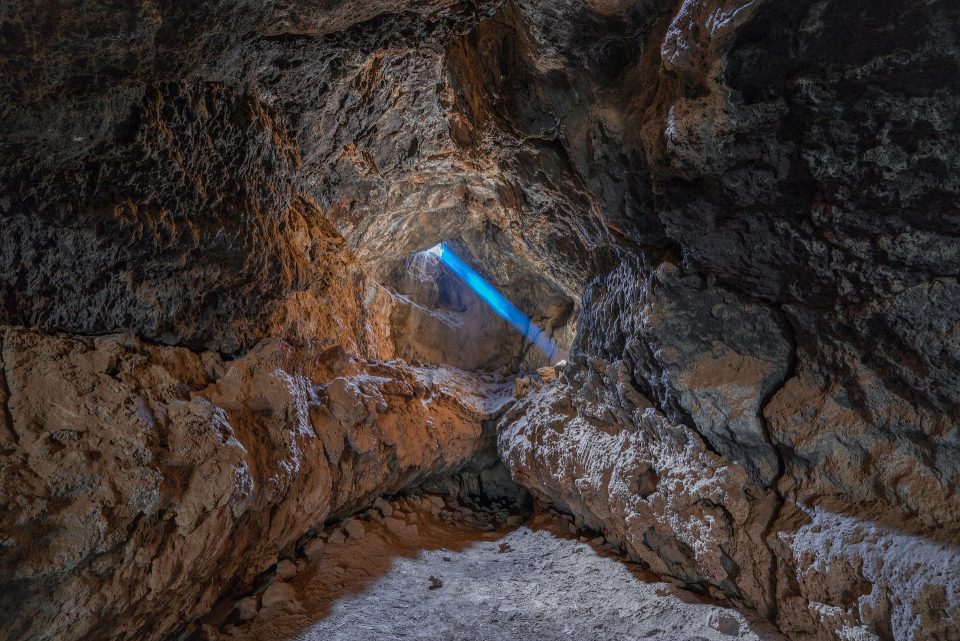Mine d'or de Bissieux


Description
From the Gold Rush to the search for antimony there is only a small step.
And tens of decades. A fine mirage that leaves more memories than wealth.
But no, it's not a legend, gold really was found at Saint Joseph.
Not enough to make a "fistful of dollars" like in the John Wayne film, but gold all the same.
Tradition has it that there is a cup made of local gold that was given to Marie de' Medici on the occasion of her marriage to Henri IV in Lyon on 17 December 1600. Good advertising. The vein soon ran out (but it's also true that in those days they didn't really have the tools to work a gold mine intensively). The upshot was the mine closed down in 1630.
Even if the mirage gave a few adventurers something to dream about (nothing ventured, nothing gained, after all), the projects never got past the embryonic stage for 200 years. It was in the 19th century that the call of gold led geologists to dig about underground again. And this time they didn't find any gold, but they did find antimony (a metal sought after for its anti-friction qualities) on land belonging to the Peysselon family. Two shafts were dug (the Peysselon shaft and the Bonjour shaft). The mine was taken over 20 years later by an engineer. But it was his bad luck that the war came along and put an end to the projects, if not to the dreams and legends.
Today, for events like the Heritage Days the association organises guided tours of the old gold and antimony mines. The visit lasts 2-3 hours and leaves from the car park at St-Joseph town hall.
Visits can also be organised at other times on request.
- This field is for validation purposes and should be left unchanged.
Free access.
All year round, daily.

